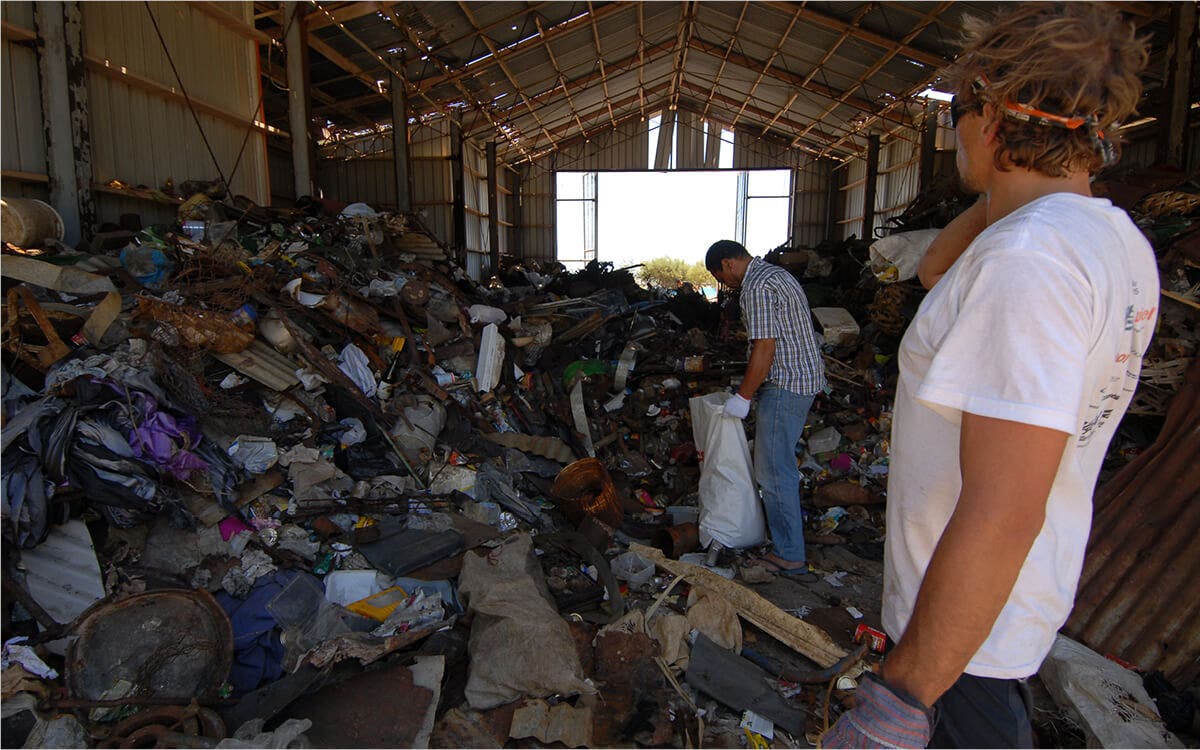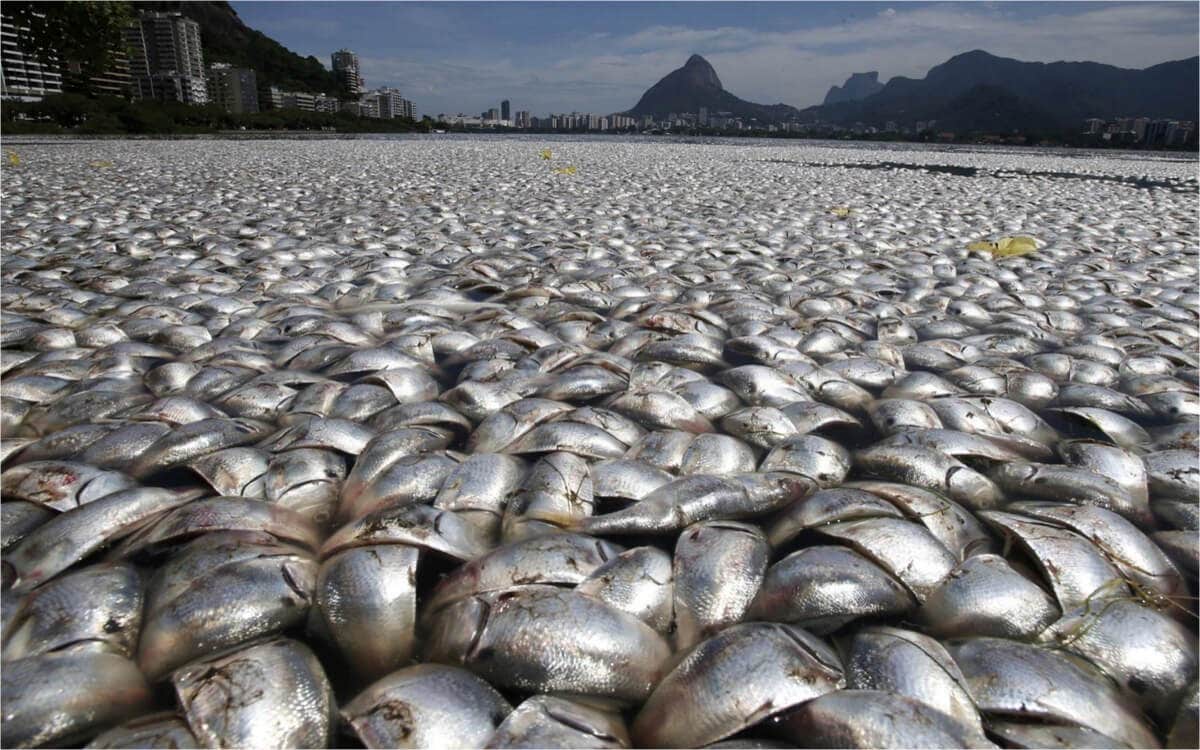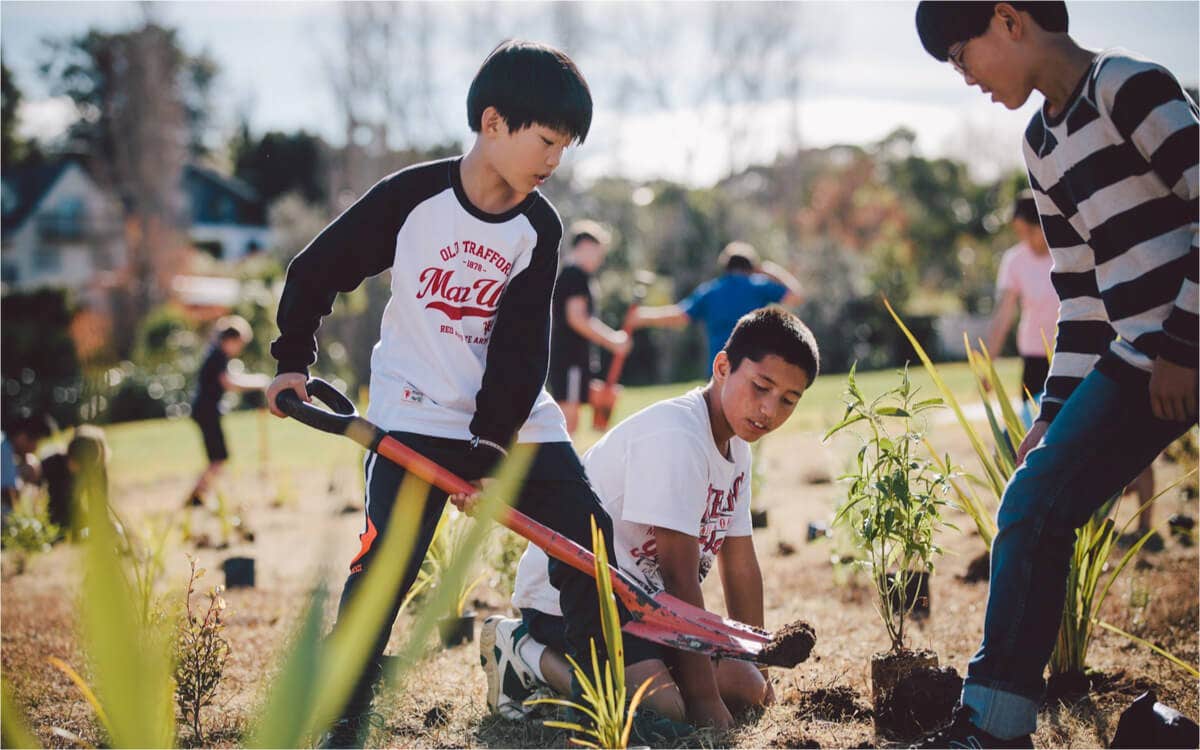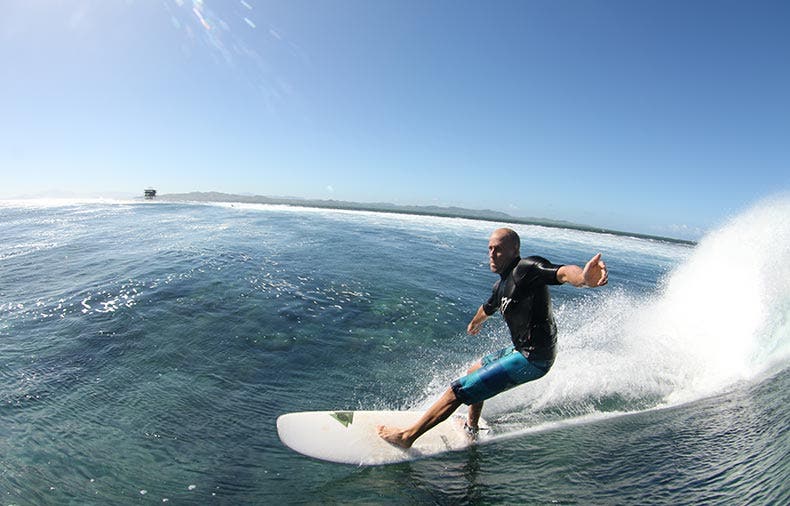Surfer, freediver, and tidy Kiwi, Sam Judd, is co-founder and CEO of Sustainable Coastlines, the charity on a mission to help Kiwis look after our coastlines and waterways. Sam says New Zealand needs to sort its environmental shit out, quickly; and the fastest way is to plant trees, lots of trees, as soon as possible.
2016 was the hottest year on record. This year is promising to be in the top three and is expected to register the highest ever recorded temperatures in a non ‘El Niño’ year.
Why should we care about this, and what can we do about it?
After a long winter we might think that a couple of extra degrees can’t be a bad thing, but the reality is that our quality of life would be much worse off with a warmer climate.
During this climate rise, the strongest storms in history have ravaged across the tropics. Developing Pacific Island countries are already experiencing savage upheaval due to rising sea levels.
Countries like Tuvalu and the Maldives are already making plans to move to other countries as they lose their state to the sea. If a handful of Antarctic ice shelves slip into the ocean just a bit earlier than predicted, this situation could be on our hands much faster than we think.
Climate refugees are real.
So our new climate minister, James Shaw, has pledged to create a new humanitarian visa for people displaced by climate change in the Pacific. Shaw is currently posing for photos in Bonn at the COP23 conference using electrified transport to meet with world leaders to show how we can play our part in reducing carbon emissions – a key election pledge for the coalition.

James Shaw fighting climate change in Bonn, Germany CREDIT TO TWITTER.COM
But whilst high-tech solutions like electrified transport and alternative energy generation are no doubt going to help the situation at a global level – what about back home in god's own?
Most of our electricity comes from renewable hydro sources here. This means that while electric transport will help a bit and will definitely make our air healthier (Auckland for example, has the worst air quality nationwide, causing hundreds of avoidable deaths and over $200 million of social damage each year), it is not the golden bullet we need to become carbon neutral.
A rising ocean threatens many Kiwi coastal homes and cities and climate change is inextricably linked to the health of our oceans and waterways. Zero carbon emissions would not just live up to our invaluable clean, green marketing image, we would enhance it.
Without addressing agriculture – by far our biggest contributor of greenhouse gasses, all of the action promised at the election could end up being hot air. Cows are the main cause of this – as they emit methane – a far more potent greenhouse gas than carbon dioxide. Dairy cattle have increased from 2.2 million in 1986 to 6.49 million in 2015 and we now have over 10 million cows in total.
There is also direct connection between dairy expansion and declining water quality from fertiliser and effluent spilling into our rivers, while toxins from poor urban infrastructure make our urban waterways look like a horror film.
But being a dedicated ocean lover, why do I care so much about cow shit and chemicals inland? Well just like our work on stopping plastic entering the ocean, to really fix the problem, we can’t just clean up the beach, we have to look inland to stop the problem at its source.
Dirty water can destroy our ocean – when too much pours out river mouths it can create eutrophic areas (or “dead zones”) where fish can’t survive with horrific results. Carbon in the atmosphere and dirty water flowing into the sea also creates ocean acidification. This basically means shellfish can’t survive. As a freediver, this gets me really riled up, because like many Kiwis, I love shellfish.

Carbon is not like plastic though. It is harder to motivate people about an evil gas that they can’t see, touch or easily weigh, than to agree that litter is a bad thing. Something much more visible and relevant to people personally though, is being able to swim in a river. As our summers get hotter we need this more than ever. To me it seems to be a basic right – that we should be able to connect to nature without being worried about getting sick
So I am now on a crusade to plant trees alongside waterways – something I think that nearly every New Zealander could and should get involved with. For me, this work already involves collaborating with business, prisons, schools, councils and everyday people like you.

Photo Credited to Striped Trees Production
Restoring the riparian margin removes carbon from the atmosphere, improves biodiversity (think cute birds, lizards and native fish), cleans the air and importantly, creates a buffer zone that reduces pollution.
This is a solution that helps tackle the problem anywhere and people love it. It makes you feel good and provides exercise in nature. Projections say planting 187 million permanent native trees between now and 2030, forty for every New Zealander, could reduce our carbon emissions to 1990 levels.
So while the problems seem vast, the key solutions are simple, local and fun. Plant more trees, your grandkids will thank you for it. For more on how to be part of the solution visit: www.sustainablecoastlines.org

